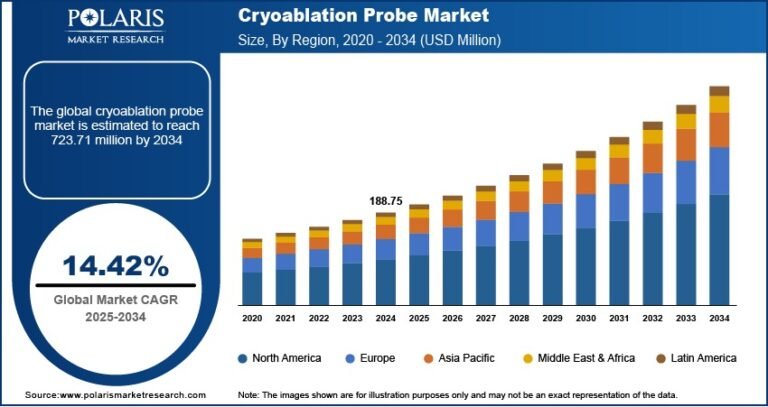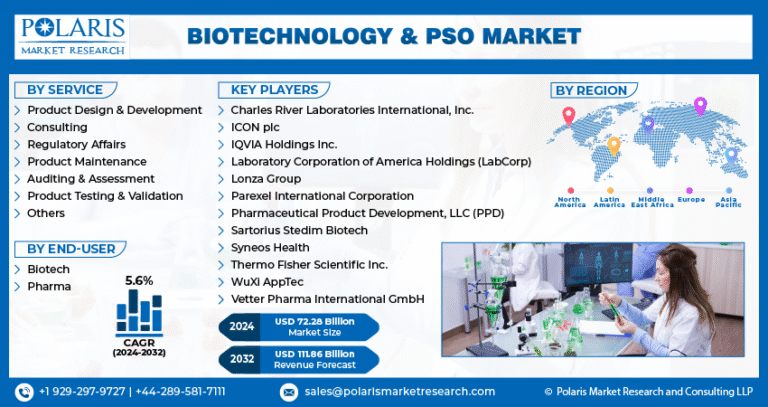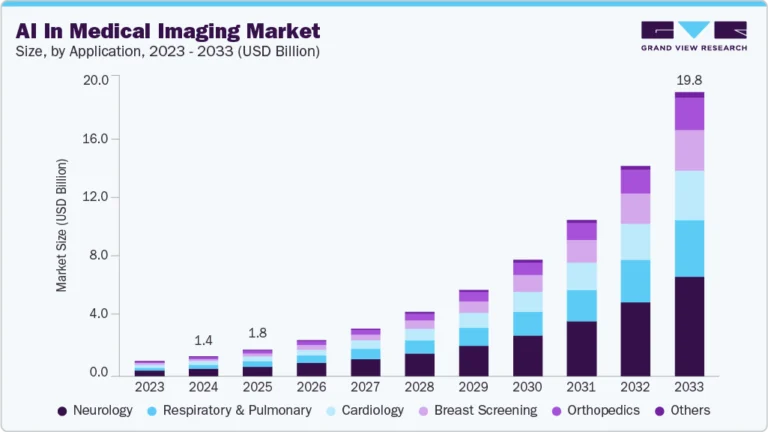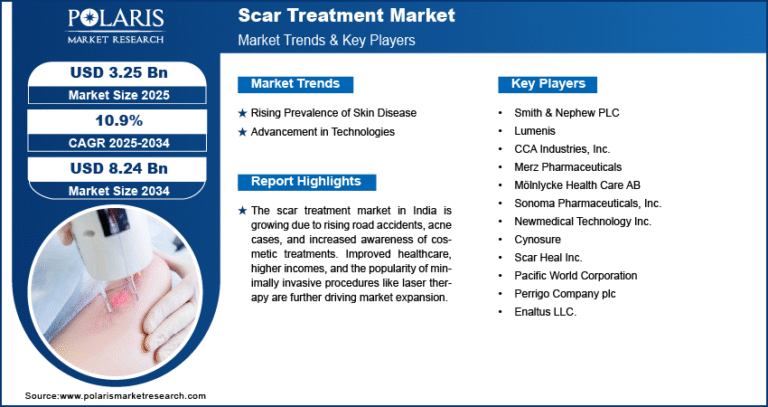Network Point-of-Care Glucose Testing Market estimated to achieve USD 2,109.01 million by 2034, at a CAGR of 4.3%
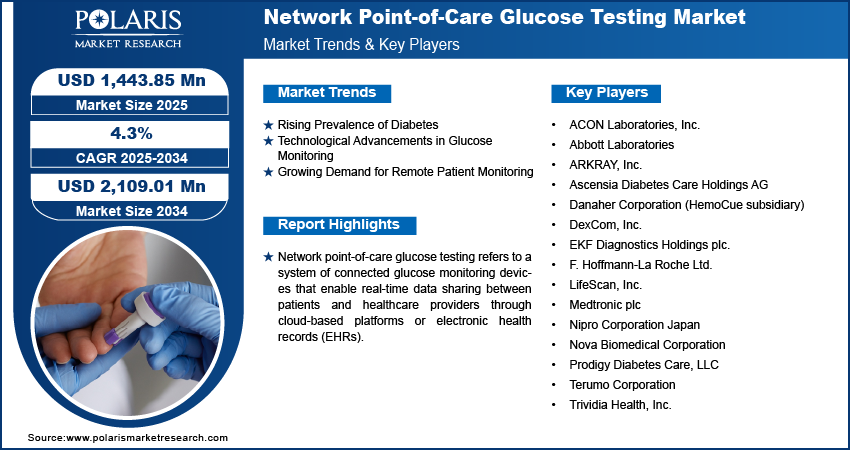
The network point-of-care glucose testing market was valued at USD 1,387.65 million in 2024 and is projected to rise from USD 1,443.85 million in 2025 to USD 2,109.01 million by 2034, growing at a CAGR of 4.3% during the forecast period from 2025 to 2034. The market is propelled by the growing prevalence of diabetes, rising demand for fast and accurate glucose monitoring, and advancements in connectivity technologies that enable integration with electronic health records.
Trends & Insights
- Rising Prevalence of Diabetes and Chronic Conditions:
The global rise in diabetes cases, driven by aging populations and lifestyle factors, is increasing the demand for point-of-care (POC) glucose testing, which enables rapid diagnosis and monitoring at or near the site of patient care. - Integration of Connectivity and IoT in Glucose Testing Devices:
New-generation POC glucose meters are increasingly equipped with wireless connectivity, enabling real-time data sharing with electronic health records (EHRs) and remote monitoring platforms to enhance clinical decision-making. - Shift Toward Decentralized Healthcare Settings:
The market is witnessing strong growth in non-hospital settings such as urgent care centers, home healthcare, and ambulatory surgical units where rapid and accurate glucose testing is essential for timely treatment interventions. - Focus on Automation and Data Accuracy:
Manufacturers are prioritizing the development of networked POC devices with automated calibration, integrated data management, and error reduction features to ensure clinical accuracy and compliance with regulatory standards.
𝐆𝐞𝐭 𝐄𝐱𝐜𝐥𝐮𝐬𝐢𝐯𝐞 𝐒𝐚𝐦𝐩𝐥𝐞 𝐏𝐚𝐠𝐞𝐬 𝐨𝐟 𝐓𝐡𝐢𝐬 𝐑𝐞𝐩𝐨𝐫𝐭:
Market Size & Forecast
- Market Size in 2025: USD 1,443.85 million
- Revenue Forecast for 2034: USD 2,109.01 million
- Compound Annual Growth Rate (CAGR): 4.3% from 2025 to 2034
Market Overview
The network point-of-care glucose testing market is becoming an integral part of modern healthcare infrastructure due to its ability to provide fast, reliable glucose readings at the bedside or in remote care settings. Unlike traditional laboratory-based testing, these systems facilitate quicker clinical decisions, improved workflow efficiency, and enhanced patient care outcomes. Their application is expanding across both acute and chronic care environments, driven by the need for real-time glucose monitoring in critical care, emergency rooms, and diabetic management programs.
Technological advancements are significantly reshaping the market landscape. From wireless-enabled glucometers to seamless integration with hospital IT systems, connected POC glucose testing devices are supporting better data tracking, trend analysis, and remote patient monitoring. As healthcare providers prioritize timely diagnostics and efficient chronic disease management, network-enabled glucose testing solutions are expected to see continued uptake.

